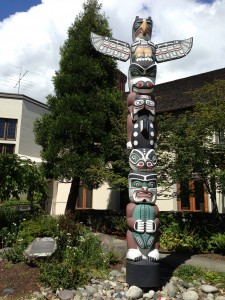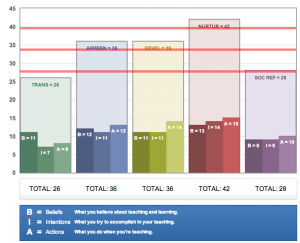Visiting and sitting in an EDUC 440 class was very rewarding for me. The class had a guest come in, Drew Ann Wake, who talked about the Berger Inquiry. I understood the general idea about what the Berger Inquiry was, but I did not know what to expect when I stepped into that class.
Drew Ann first talked about how she was related to the Berger Inquiry. She told us stories about her experiences and being the youngest reporter there. We were then each given a profile on a person that was at the Inquiry, and asked to read about them and “know” them. Afterwards, we took the stance of our person, “debated” with another student, and then shared with the class what we debated about.
I learned a lot from this experience – not only about the Berger Inquiry, but about how to teach Aboriginal education and issues. In this class, everyone was participating and very engaged in the activity, and there were not any harsh/disrespectful comments that usually transpire when discussing these issues.
My ideas on the reason for success of the class:
- For those who feel uncomfortable about the topic, or do not like to talk about their own views on Aboriginal issues, students were given a profile to “become” that person. This allowed all students to participate in class discussions, without needing to input their own ideas.
- Most of the time, students are uncomfortable with Aboriginal Education because they are fearful of the judgement that may be placed on them, depending on their views. Since students “became” another person in this activity, that judgement was placed on the character, rather than on the student. This allowed for the fear to dissipate and for discussion to take place.
- Although students’ own views are not said, a lot of learning took place. The profiles that were given out had a wide variety of different views. This allowed the class to hear all the different ideas that were present at that time.
I was one of the students who felt uncomfortable speaking about my own views, so this activity allowed me to be engaged and participate in the class discussion. This class also gave me an idea on how I can educate my own students on Aboriginal issues – how to take away that fear of judgement and foster comfort for class participation. This may not work every time for every issue, but I believe it is a good idea to have in my teaching toolkit.




